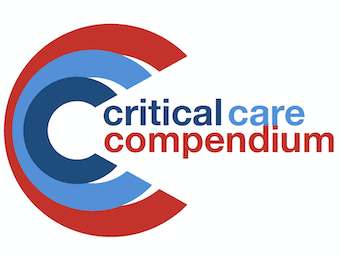
CICM SAQ 2015.2 Q3
A 35-year-old female with no known previous medical history presents to the emergency department with a decreased conscious level.

A 35-year-old female with no known previous medical history presents to the emergency department with a decreased conscious level.

Critically evaluate the role of non-invasive ventilation (NIV) in critically ill patients.

Critically evaluate the role of monitoring blood lactate levels in the critically ill.

A 76-year-old female is admitted to the ICU following elective aortic and mitral valve replacement. Trans- oesophageal echo assessment at the end of surgery showed an ejection fraction of 20%. Her preoperative creatinine was 340 μmol/L. Total bypass time was 240 minutes.

Critically evaluate the role of corticosteroids in the management of severe community-acquired pneumonia.

Question With regards to high-voltage electrical injuries: a) List the factors determining the severity of electrical burn injuries. (30% Marks) b) List the potential causes of poor lung compliance in a patient who is receiving invasive mechanical ventilation post high-voltage…

Question You are assessing a patient on the first post-operative day following an aortic valve replacement. There are atrial and ventricular epicardial wires in place and the patient is being paced at 90/min in a DDD mode. a) Define sensitivity…

Question Discuss the role of systemic antibiotic therapy in patients with severe acute pancreatitis. Answer Pass rate: 83% Highest mark: 8.0

Hakaru Hashimoto 橋本 策 (1881 - 1934) was a Japanese medical practitioner. Hashimoto thyroiditis 1912

The ten commandments of Emergency Medicine according to Wren and Slovis. Thinsg have changed, but how much?

Jean-Baptiste Octave Landry de Thézillat (1826 - 1865) was a French physician. Landry ascending paralysis (1859) as early description of Guillain–Barré syndrome (1916)

The use of thrombolytics for the treatment of submassive PE is controversial — the limited documented benefit (e.g. improved hemodynamics, potential for less chronic pulmonary hypertension) must be weighed against the increased risk of life-threatening hemorrhage and the availability of other therapies (e.g. catheter-directed thrombolysis or clot retrieval)